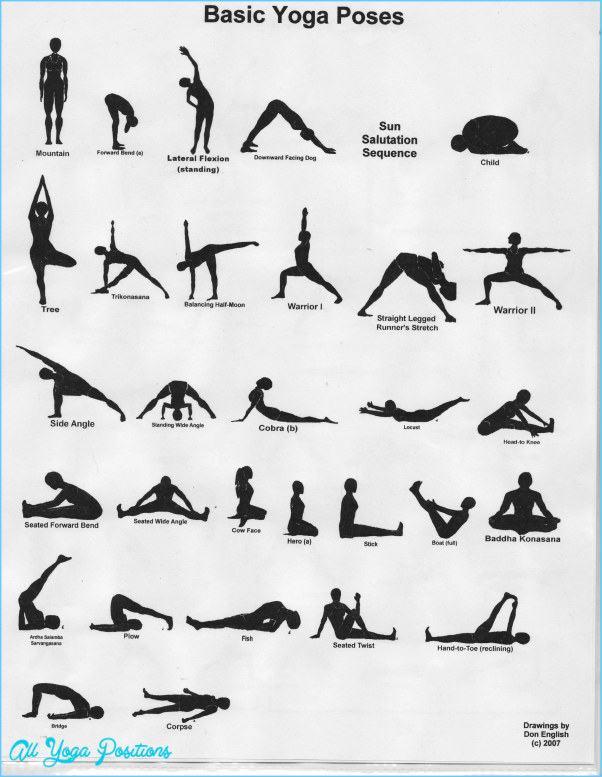

Full moon energy lasts for around 5 days (2 days +/- either side). If used correctly, however, it’s a time of positive opportunity.

The full moon tends to stir things up so whatever is already going on in your body, mind and spirit will be amplified. There’s a tendency to lose your connection to earth around this time. You can feel energetic and emotional, but not well grounded. Conversely, during a new moon we work to be quiet and still, following the very bottom of our exhalation inwards, towards our intuitive selvesįull moon is your time to shine, your power and creativity is high. During a full moon we work to bend backwards, creating more space for the lungs to expand and be full. In allowing the moon to guide our practice, our focus is also drawn to different aspects of our breath. Practicing with the moon helps us connect to a natural rhythm and our inner guidance, taking us out of our heads (this is what I ‘should’ do) and into our hearts and bodies (how does this pose make me feel?). Observing the phases of the moon with our yoga practice is one way to recognise and honour the rhythms of nature as it helps us let go of habits or preferences, and explore other areas based on how we’re feeling. The lunar is connected to a more subtle type of practice.Įvery cycle in nature requires periods of restoration as well as periods of activity. In the western world yoga tends to reflect a bias for the solar, because we often emphasise sun salutations and heating practices in the quest for physical fitness. The aim of hatha yoga is to balance our lunar (moon) and solar (sun). For those who follow a yoga path the moon relates to the left nostril and left side of body, right brain, and also the ida nadi (sun and moon in equal parts is associated with the sushumna nadi).

The moon relates to the yin or feminine aspects of ourselves coolness, contraction, introversion, receptivity, intuition, feeling, emotions, creativity and sensitivity. The first step is noticing how you feel during each moon phase – the new moon, the full moon, the days leading up to and away from, each. By aligning ourselves with the moon we can learn to work with, rather than against nature. Our bodies are made mostly of water and just as the moon influences the tides, it influences what happens in our bodies. Likewise, any keen gardener will advise planting at the new moon (when the rooting force is strongest), and transplanting at the full moon (when the flowering force is strongest). Our ancestors based many religions around the lunar calendar as they knew the potential of connecting with the moon. When we listen to these rhythms, they inform us when to be active and when to rest, and in this way we remain vital. The primary principle of life is to flow, while accepting these opposites.Īyurveda, yoga’s sister science, is the practice of observing nature’s rhythms and aligning ourselves with them. The feminine needs the masculine for a landscape of equilibrium, just as the moon would not be seen without the light of the sun. I love the way she affects us in ways we are only faintly aware of.Īs a student and teacher of yoga, I understand the concept of harmony and balance in opposites (Yin/Yang). I’m drawn to the soothing, softening qualities of the moon and all she offers energetically.


 0 kommentar(er)
0 kommentar(er)
